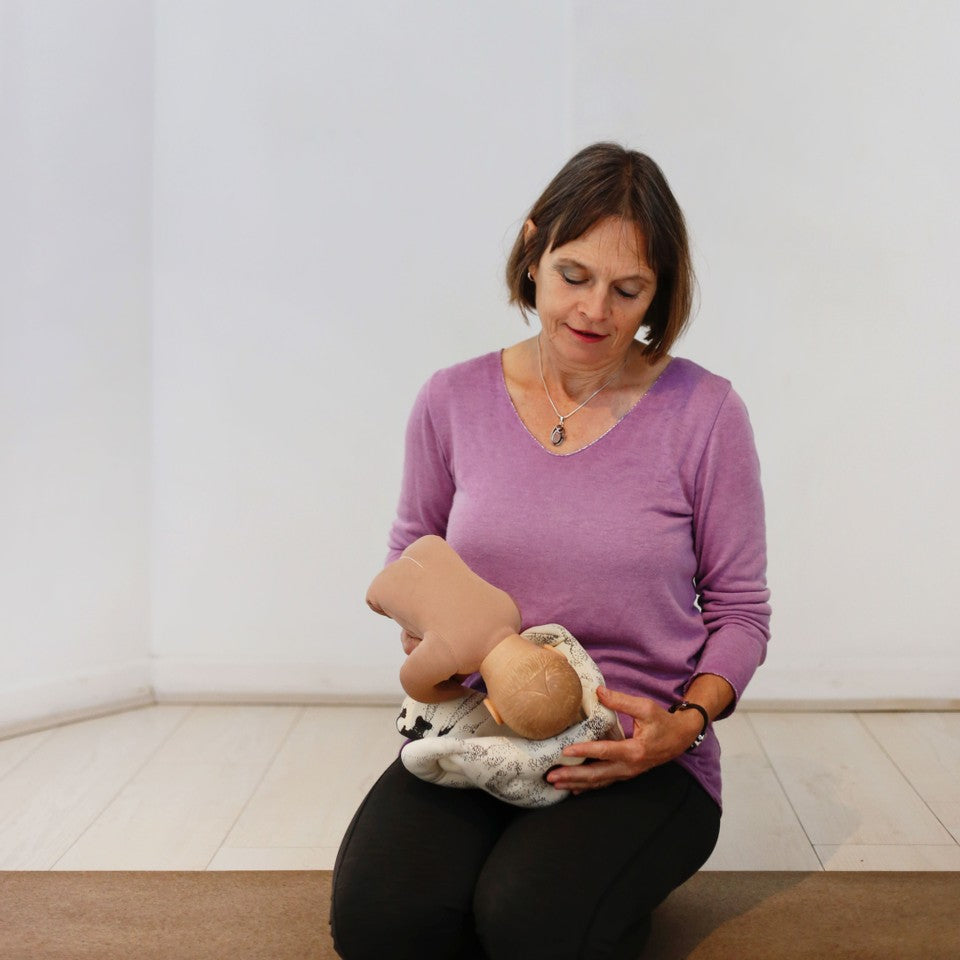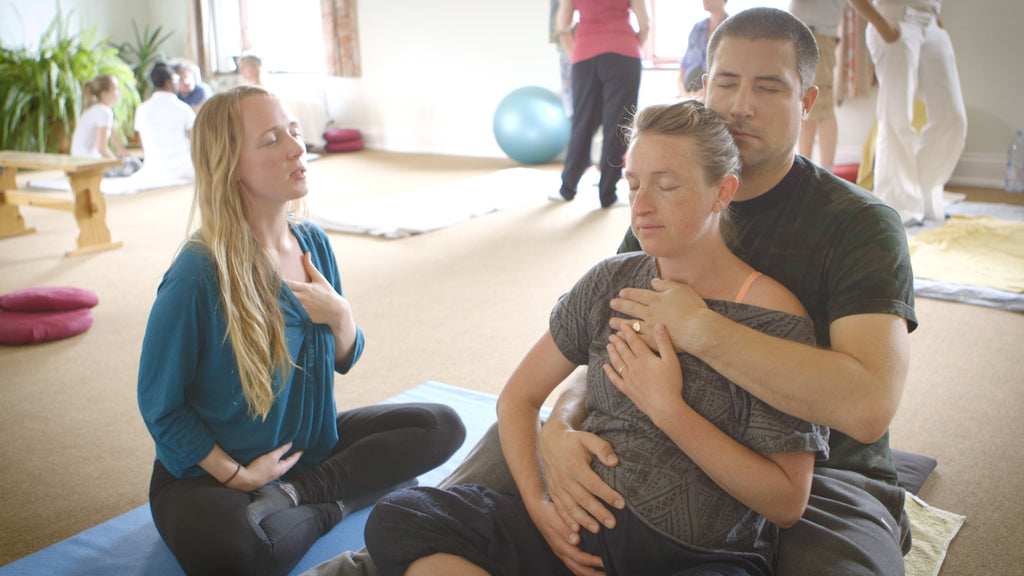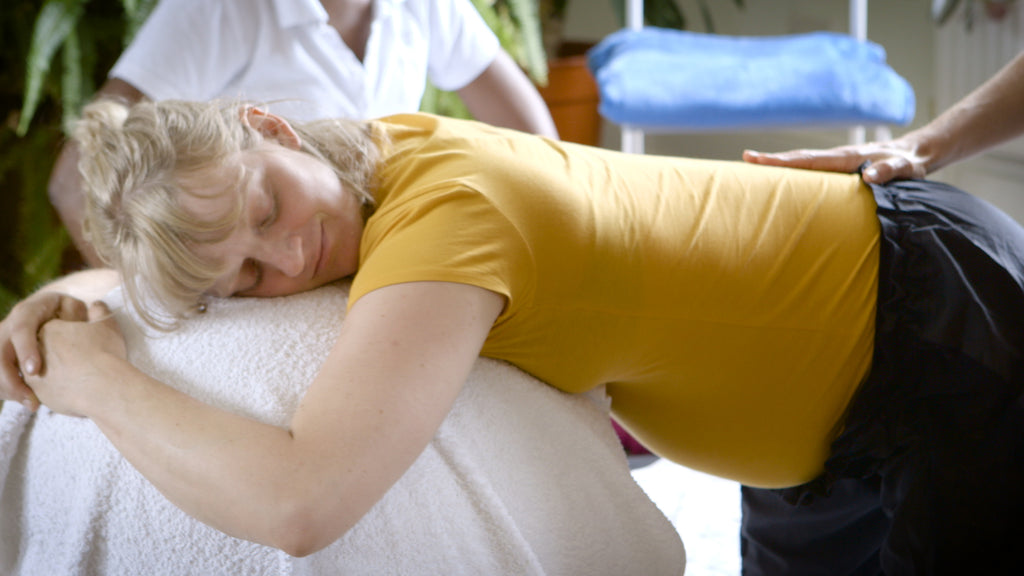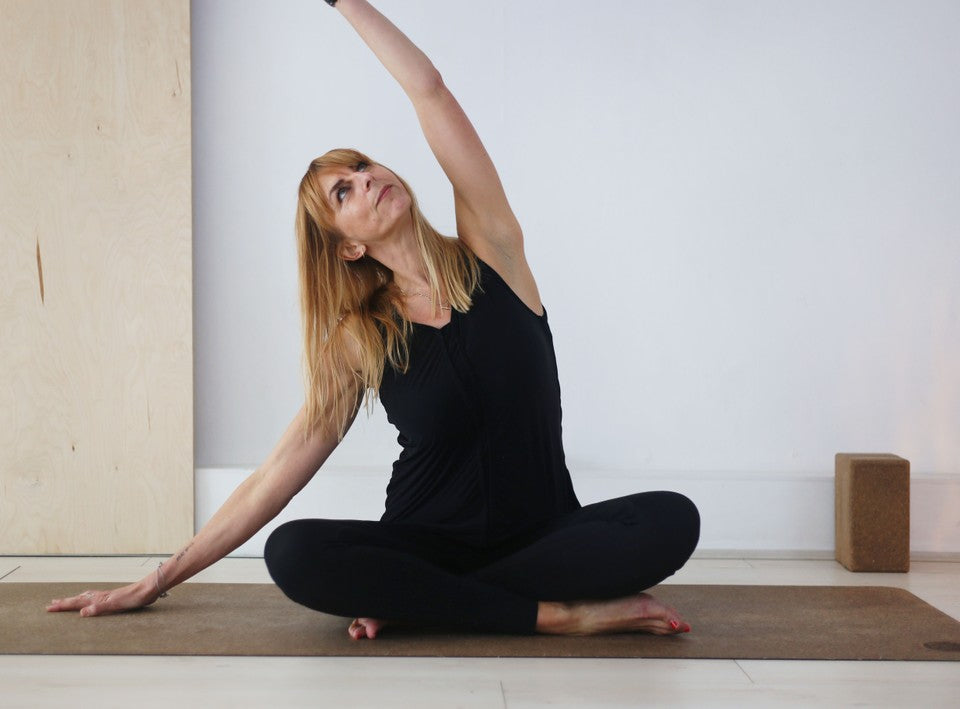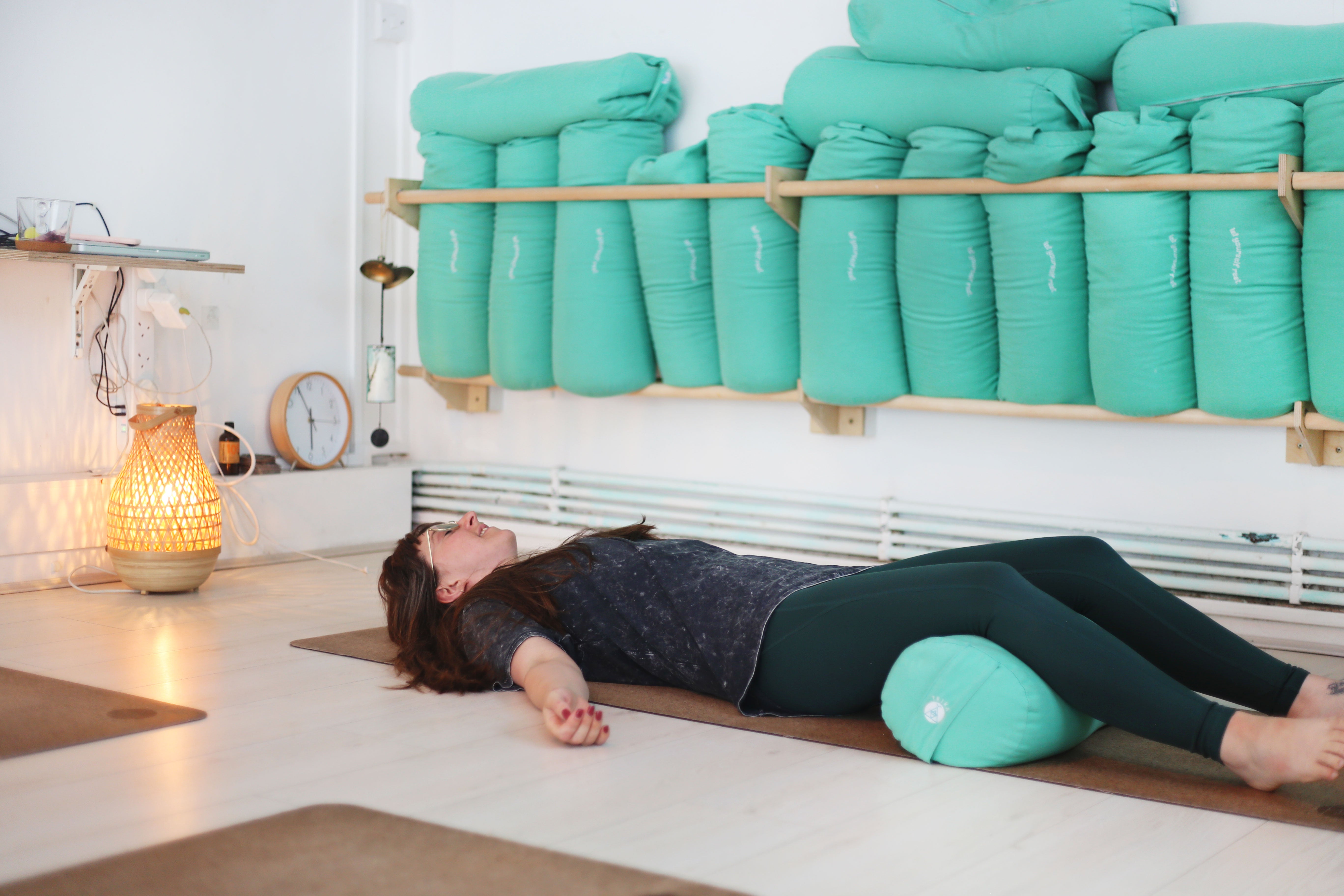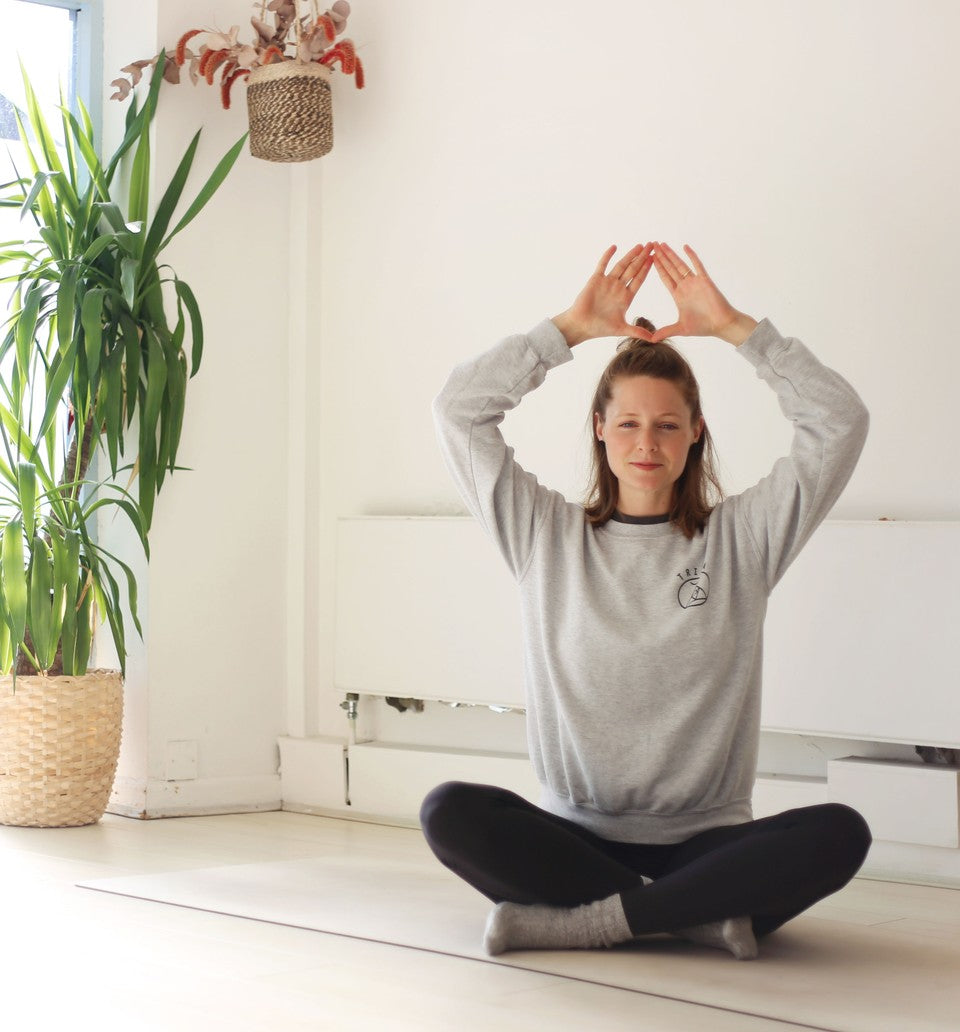The Transformative Power of Birth & How to Prepare
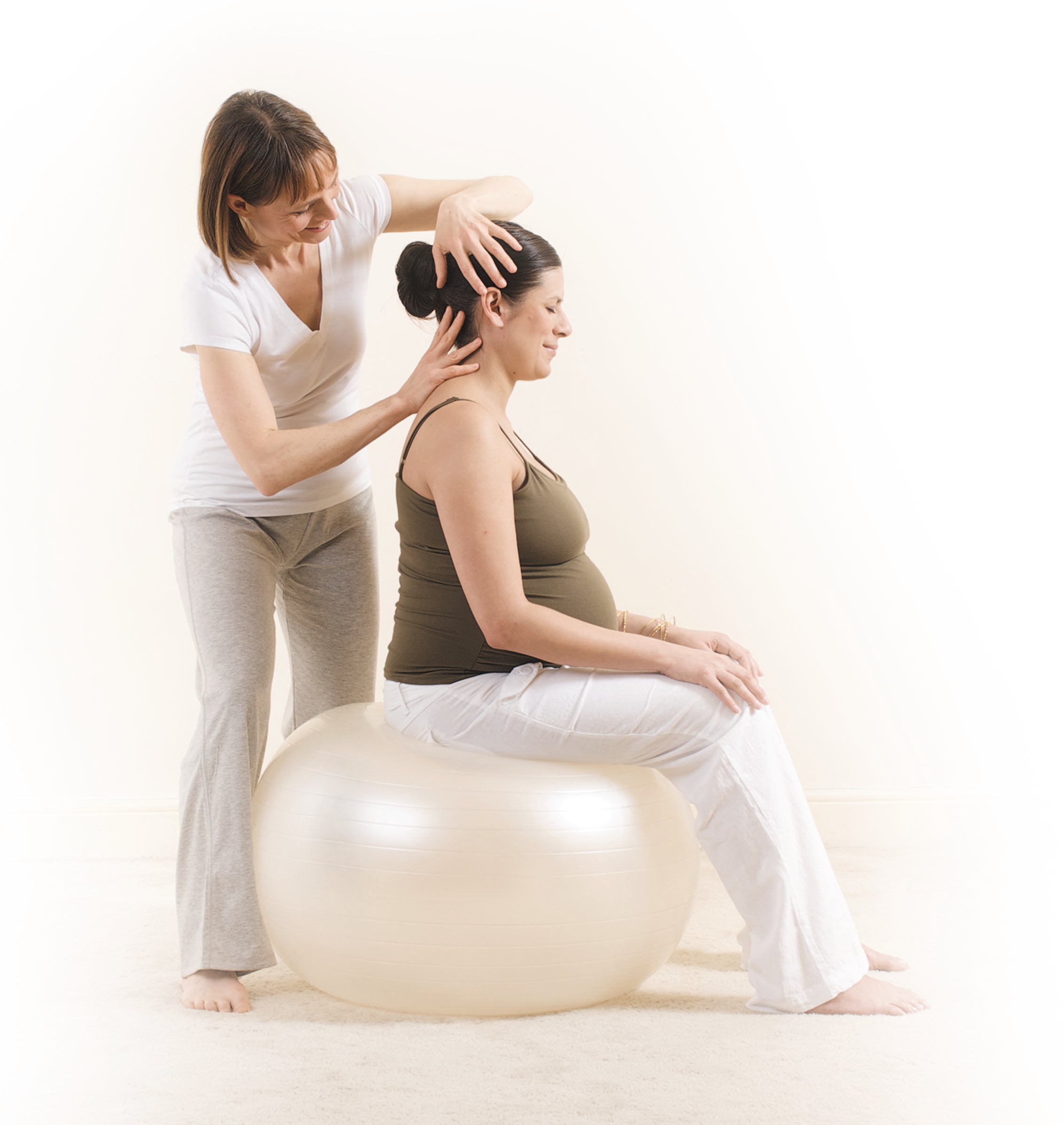
By Suzanne Yates.
Suzanne will be teaching a 3hr Birth Preparation workshop at Trika on 4th November. Book your spots here.
Birth is a beautiful, empowering and transformative journey, even though it may have its challenges. Ever since my own mother told me that giving birth was the best day of her life, I have felt this. Yet in my many years working with women preparing for birth, I know, it is also something many of us fear.
While midwives work tirelessly to deliver the best care they can, they are in a system under immense pressure, working with limited resources. The good news is, there are simple tools you can utilise to empower yourself throughout your journey. In the end, it's your relationship with your body and your baby that matters most. These tools are also a helpful way to bond with your new baby too!
For me, breath, touch and movement are at the heart of birth preparation, and at the heart of life in general. All we can do for any life situation is to be present, be with our body and our emotions and listen to ourselves. Along with our body, life, birth and yoga are constantly changing, so cultivating a toolkit that responds to our immediate circumstances is essential to my approach.
From my own experiences of birth with my two children, alongside my experiences working alongside other women and families as a shiatsu and massage therapist, I have come to discover tools that all women can use to alleviate fear and prepare for birth with positivity, however their journey unfolds. In this article, I share them with you.
My birth preparation journey
In 1990, while pregnant with my first child Rosa, I travelled to Boston to study with pioneering physiotherapist Elizabeth Noble. I couldn’t find a relevant training in the UK to develop my shiatsu and massage work and so, even though I didn't have a lot of savings at the time, I decided to take the leap and it has changed my work ever since.
We studied exercise to support pregnancy and the postnatal journey, as well as birth positions and baby massage. I was inspired when watching a video of women giving birth in a hospital in Brazil in the late 70’s squatting, and decided this is how I wanted to birth Rosa, which I did!
Elizabeth was a huge fan of the squatting position, not only for giving birth but for strengthening the pelvic floor and lower back, but of course understood that it isn’t for everyone. We also learnt many forward leaning positions, like sitting or leaning over a ball along with standing versions, all of which support birth. They all help relieve pressure from the lower back and give more space for the baby to move and find its best position too!
How Shiatsu helped me prepare for birth
Shiatsu is a type of bodywork or massage based on Chinese medicine. Sometimes it is called 'acupuncture' without needles, but it is so much more than that. It's usually done through the clothes and its main form of touch is static pressure, working along pathways often called meridians.
One of the key concepts of shiatsu, is the whole — the idea that even though things have parts, they are all intricately linked. From this approach, when we look at birth it's not an isolated event in a woman's life. From the Chinese perspective, it can be seen as a gateway. A moment where the deep patterns that the mother has held since her own conception rise up. What happens in pregnancy and birth can set patterns that continue into motherhood, perimenopause and the end of life.
That's not to say if it doesn't happen how you hoped then everything will go downhill! It's just an acknowledgement of the importance of this time. It can take the body and mind time to heal from a traumatic birth. It can also set you up well if you go through this time feeling resourced and confident in your body.
I knew that I wanted to care for myself the best I could, staying active and receiving bodywork. However I found that a lot of focus was on things I couldn't do and even people who did offer pregnancy massage and shiatsu were often very cautious. Instinctively I felt that touch, or shiatsu, would be my main source of support during birth. I wasn’t afraid of pain, but wanted to experience my body’s power. Bringing in my knowledge of specific acupressure points, I found that there were certain ones that were especially helpful for different stages of birth.
Simple shiatsu tools for birth preparation
From a shiatsu perspective, having our feet in contact with the earth stimulates pathways that help with grounding. Meanwhile, lying on our back compresses the sacrum and blocks the flow of a channel connected with the water element. Physiologically it reduces your ability to move freely and flow with the sensations as well as reducing your baby’s options for movement. Since shiatsu is often done on the floor, crawling was an important part of our shiatsu training, and I loved exploring variations on all fours movements and squatting in the later stages of my pregnancy and feeling how Rosa responded.
My experiences of giving birth
I gave birth to my daughter Rosa at home in the squatting position. At the moment of birth I didn’t want much shiatsu, but before that I had been moving in and out of lots of different positions and Chris (my partner) was able to work a lot with touch and reminding me of my breath. Unfortunately my midwife had not been very supportive of me birthing at home, and, I learnt later, had very little experience of supporting home births.
I had asked for a physiological third stage (birthing my placenta) which can take a little time. The midwife went into her hospital mode and pulled hard on the cord, which I had specifically asked her not to do, moments after I began to hold Rosa for the first time. Unsurprisingly I haemorrhaged and had to be rushed to hospital for a surgical removal of my placenta and a blood transfusion. Chris however kept supporting me and the hospital let me continue holding Rosa apart from when I was in surgery and so it was not as traumatic as it could have been.
It did take time for me to recover and I realised the importance of deep rest postnatally. Five years later with my son, I was considered high risk, and so not allowed to have another home birth, but I convinced them that I was well and healthy and knew what I was doing. It required me to trust myself and at times I doubted my strength. But this time I was lucky enough to have a midwife experienced in home birth who gave me the space to birth my son and my placenta in my own time and way.
My transition into teaching
I taught my first Birth preparation workshop in 1990 with my partner Chris Wilkinson, a yoga teacher. We wanted to share our joint loves of shiatsu and yoga and how we used them to support us during the birth of Rosa. Amongst our students we had quite a few midwives, obstetricians and GP’s. Initially I felt it wasn’t my place to be teaching them what to do during their birth, but they loved it. They were so enthusiastic about my approach that they felt it should be available for every couple and encouraged me to set up my Shiatsu for Midwives courses which I still teach today. The first one was at St Michael's hospital in 1999. What I taught in those early birth preparation workshops is a core part of it.
What to expect in a workshop...
Touch
The basis for the touch and pressure points I use came from what worked for me. This had been deep sacral pressure, combined with some powerful points in the top of the shoulders (trapezius, GB21) and calming points in the centre of the palms of my hands (HP8) and on the ball of my foot (KD1). These continue to be some of the main points that I share — some of these you can do on yourself and others your birth partner can use on you. It's helpful not only to know where they are, but how they feel in your body, what body positioning helps you apply the right pressure, and what their different qualities are.
Breath
I also bring in breath, static touch on the abdomen and lower back. For me, part of their gift is in simply knowing someone else is there for you as well as being a powerful tool to connect with your baby.
Birth positions
We will explore different positions for birth, talking about when they might be useful, when they might not be the best for you, and also how to connect these to the acupressure points.
Visualisations
Informed by my background in shiatsu, the different elements of our visualisations relate to different stages of labour, so I work a lot with imagery of water (flow), earth (stability) and wood (new growth). My approach is very individualised, working with each mother to find visualisations that work for them rather than saying when and how they should use them. I take main themes and then get people to build their personal relationships with them. For water, I have couples who are surfers, who like to imagine their contractions like waves they are waiting to catch and others who visualise sitting by a gentle pool in the forest — I want people to have confidence in trusting they will find their rhythm and their images!
Sound
Although our hearing is one of our last senses to develop, babies’ hearing is quite developed from 26 weeks. Yet they respond to sounds much earlier because they feel the vibrations of sound through touch, which is the first sense to develop from 7 weeks. As the father of my children was a yoga teacher, we had also explored working with sound and mantra during pregnancy and birth. My first experiences of kirtan singing were while pregnant and I could feel my baby respond to the sound. 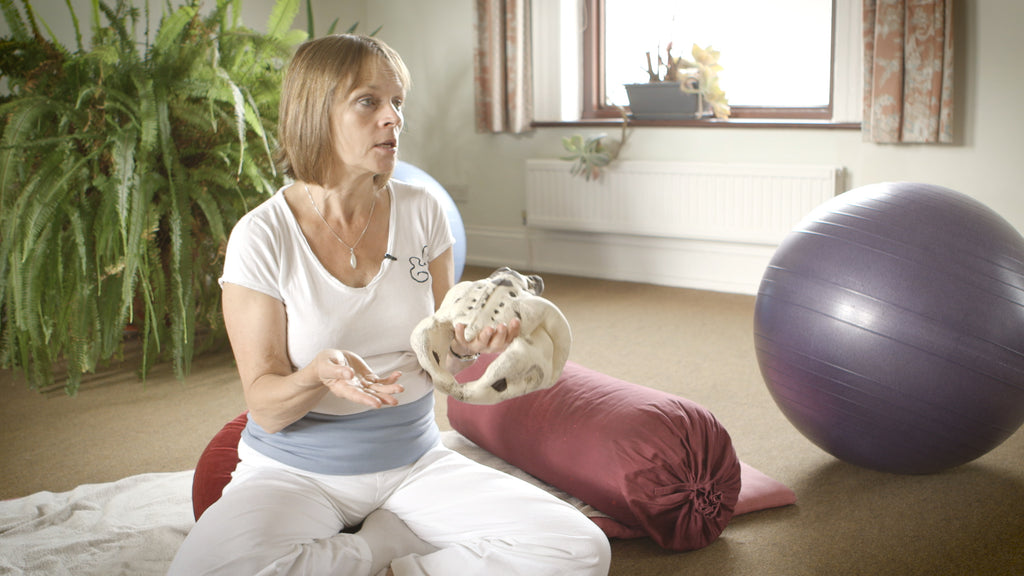
To sum up!
Over the years, I have developed my understanding of why I taught what I taught in those early years, but the essence is still the same! I've known people to use acupressure points at key moments in labour and see immediate results. I've worked with women wanting a different experience to their first birth and being able to create it. Many found that they didn’t need pain relief because the shiatsu helped them relax and let the birth process take over. Most had minimal interventions and very few had caesareans. Even during a caesarean birth, you can still use many of the points and the imagery, and the exercises can still be beneficial to prepare the body and mind. It's been an honour to share and develop these tools over the years… and no journey is the same.
Overall, birth is a powerful rite of passage, with all that entails. I want to encourage each woman to create what she wants and to be aware that what happens will probably be different from what she thought it might be. We each need to find our own way of birthing, as we each find our own way through life.
Join Suzanne for her Birth Preparation Workshop on 4th November here.
